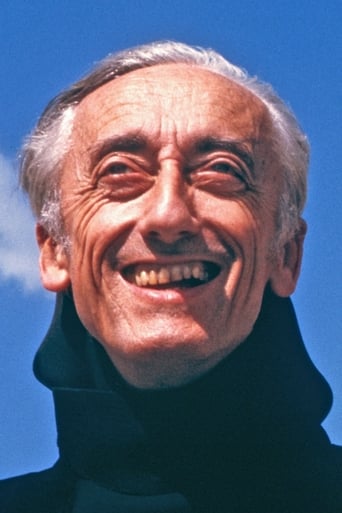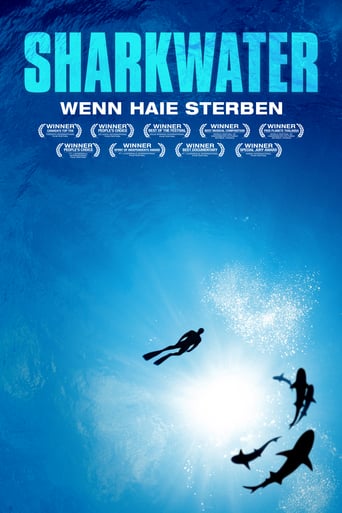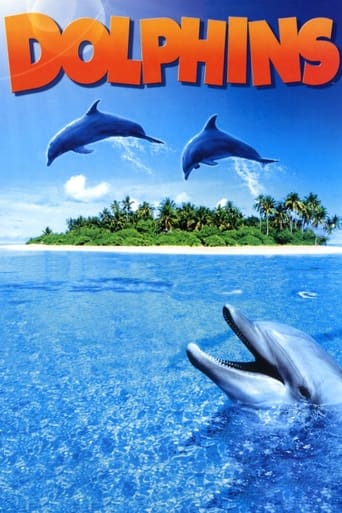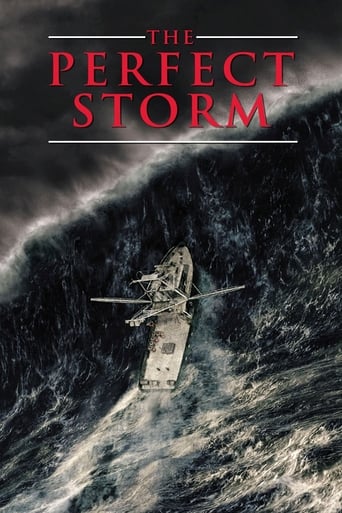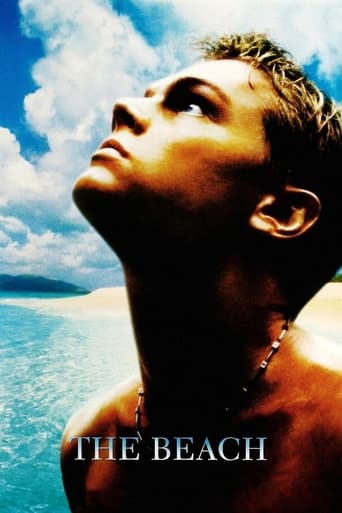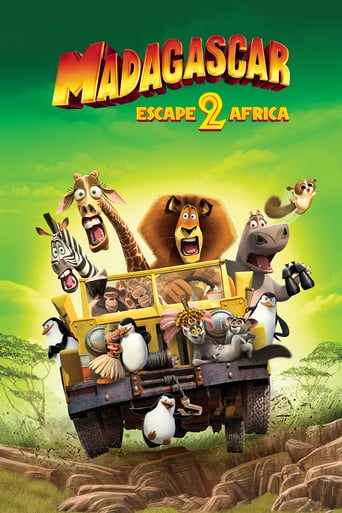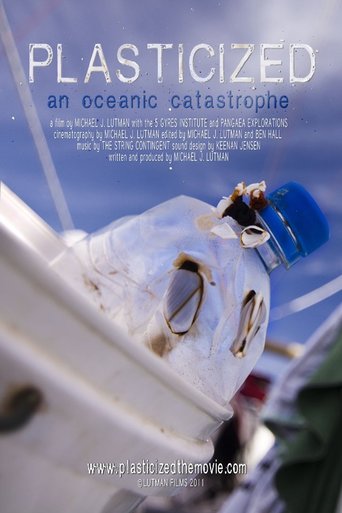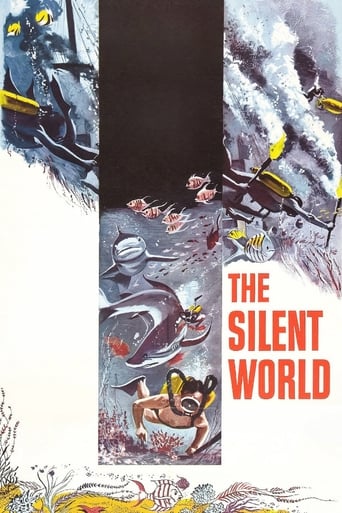

The Silent World (1956)
The Silent World is noted as one of the first films to use underwater cinematography to show the ocean depths in color. Its title derives from Cousteau's 1953 book The Silent World: A Story of Undersea Discovery and Adventure. The film was shot aboard the ship Calypso. A team of divers shot 25 kilometers of film over two years in the Mediterranean Sea, the Persian Gulf, the Red Sea and the Indian Ocean, of which 2.5 kilometers were included in the finished documentary.
Watch Trailer
Cast
Similar titles
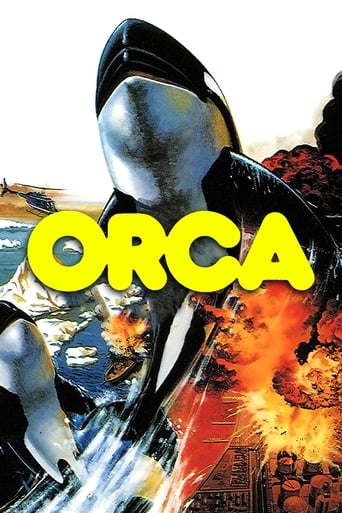
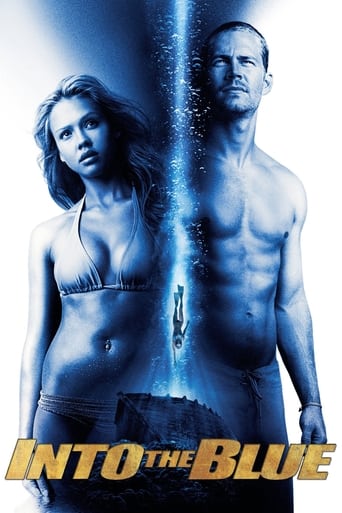
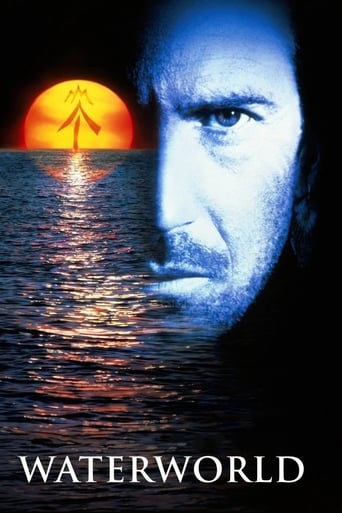
Reviews
Sorry, this movie sucks
Save your money for something good and enjoyable
It's easily one of the freshest, sharpest and most enjoyable films of this year.
It's the kind of movie you'll want to see a second time with someone who hasn't seen it yet, to remember what it was like to watch it for the first time.
This visually stunning masterpiece by the great undersea explorer, and co-directed by a young Louis Malle, is one of the most gorgeous films ever made. With his revolutionary equipment, Cousteau was able to capture the eerie majesty of the ocean and its mysterious inhabitants with vibrant, dazzling color. It's no wonder to me how this film won the Palm d'Or and an Oscar because it is probably the best filmed documentary ever.The focus on the new technology and the lives of the shipmates was even more fascinating than the nature, particularly the more violent scenes like the butchering of the sharks by the sailors or the dynamite in the water, used to discover the diversity of fish in the area. It is for this reason, I would guess, that this film has been forgotten and the animal rights movements of today would likely shun the film. Still, I hope for a resurgence of "The Silent World", and all Cousteau films for that matter.
I was looking forward to finally catching up with this old documentary and was saddened to see that despite the advances in underwater photography (in 1955), which brought the undersea life vividly to the screen, that every other aspect of the film was embarrassingly dated. I am referring specifically to the appalling behavior of the crew of the Calypso who bear scant resemblance to any naturalists and scientists we know of today, without an ounce of respect for the animals they encounter. Who in their right mind would set off dynamite in a lagoon, destroying coral reef and killing countless numbers of fish?? The only wildlife that gets off unscathed are the dolphins in the early part of the film otherwise, everything else that gets in the path of the "explorers" is eaten, tormented, or killed outright: when they see a whale they rush on deck to harpoon it; when sharks start to work on the whale carcass, the men haul shark after shark on deck and feverishly beat them to death under the (highly scientific) rationale that "everybody hates sharks"; when they find a giant sea turtle they clutch on to it for a ride without any concern that it is struggling to the surface to breathe; when they find a group of tortoises on an island their only thoughts are to first stand on them and then use them for stools while they have lunch. Even good old Cousteau gets into the spirit of things by bringing his rifle on deck and shooting a whale in the head (well, it was probably suffering after they ran over it with the boat and then later harpooned it).These guys would be up on criminal charges if they'd made this film today. Worth watching only as a historical curio to see how unenlightened people were back then.
MUST-SEE viewing for any 'adult' that caught Wes Anderson's send-up of the Cousteau crew earlier this year in "The Life Aquatic with Steve Zissou." If anything, this early documentary proves that the actual Cousteau crew was even more outlandish than Bill Murray's gang.One politically incorrect scene in particular shows the crew pulling sharks out of the ocean and beating them to death with clubs, while nightly dining includes plenty of fresh SEAFOOD! The major project of the expedition is the mapping of the ocean floor using advanced sonar, but in between the crew stays busy exploring the ocean and occasionally 'interfering' with the habits of the local sea creatures.You'd never see this kind of disrespectful attitude in a National Geographic docu today and in a way it's kind of refreshing to see that these guys are not infallible.One note to those with sensitive stomachs, there is a scene where the Calypso 'accidentally' runs over a baby whale and the resulting wound turns the ocean bright red forcing the crew to capture the whale and administer a 'kill shot' in order to put it out of it's misery.Parents might want to think twice about bringing kids to see this rather graphic look at ocean research and some of its inherent dangers.
Le Monde du Silence (The Silent World) is based on the best-selling book of the same name by famed oceanographer Jacques Cousteau. Set on board--and below--the good ship Calypso during an exploratory expedition, this feature-length documentary was co-directed by Cousteau and Louis Malle, whose first film this was (Cousteau selected Malle for this assignment immediately upon the latter's graduation from film school). Highlights include a shark attack on the carcass of a whale, and the discovery of a wrecked, sunken vessel. After winning adulation and awards at the Cannes Film Festival, Le Monde du Silence went on to claim an Academy Award. Much of the breathtaking underwater camera-work was photographed personally by Louis Malle, who thereafter confined his film-making activities to dry land.See the underwater world through the eyes the divers of the Calipso and Jacques Yves Cousteau and Dumas.This was Cousteau's first feature-length documentary film, which won the Grand Prize at the Cannes Film Festival in 1956, as well as an Oscar for best documentary, and became a true artistic landmark. Fascinating from its first frames, which show five divers descending through the blue expanse of the ocean. Each carries a bright flare, blazing a path of light into the murky ocean depths as a cascade of bubbles rises to the surface in their wake. "This is a motion-picture studio 65 feet under the sea," announces the narrator. These are Cousteau's "menfish" -- divers who, thanks to the aqualung, have gained the motility of creatures born to live in the sea.They go deeper, to 200 feet, and enter what Cousteau calls "the world of rapture." At this depth, the body cannot process the increased levels of nitrogen in the bloodstream, and divers suffer from "nitrogen narcosis" -- an instantaneous intoxication that, Cousteau tells us, causes the coral to assume "nightmare shapes".They dive deeper still, to 247 feet, and film the deepest shot ever taken at that time by a cameraman.The latest precision cameras... the deepest dive yet filmed...' Things change, though. Whereas this was regarded at the time as irreproachable, improving, suitable for classroom bookings, the good Captain Cousteau and his all-male ensemble come across now, in 1998, as an aggravating lot, in their once natty '50s swimwear, amusing themselves by straddling giant turtles and turning them into agonising 'comic relief', or filling the screen with torrents of blood as they slaughter a passing school of sharks ('All sailors hate sharks'). On the other hand, the film-makers' intermittent poetic ambitions are strikingly justified as the cameras explore the wreck of a torpedoed freighter, the commentary becoming an elegy for the lost ship and her crew. The movie has acquired a further dimension as an apprentice work by co-director Louis Malle, though students of his oeuvre will need ingenuity to relate this to anything he made subsequently.There is some amazing footage on this. The bell of a shipwreck is cleaned to reveal its identity 'The Thistlegorm'. Watch Dumas dancing with a giant grouper. See the team experience narcosis whilst catching lobsters below 60M!If you have read the book of the same name you will have imagined the excitement and wonder that Cousteau and his team felt during their pioneering expeditions. Now you have a chance to see for yourself the original footage of Cousteau's adventures
